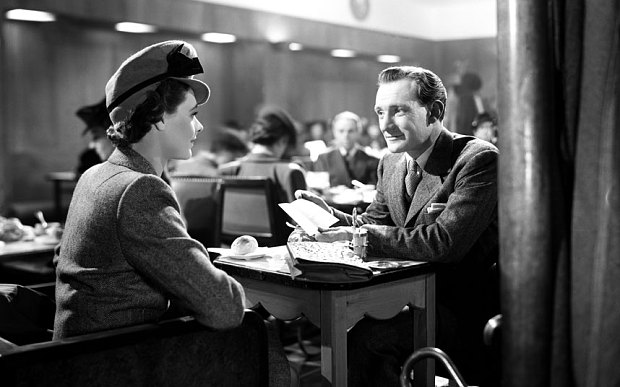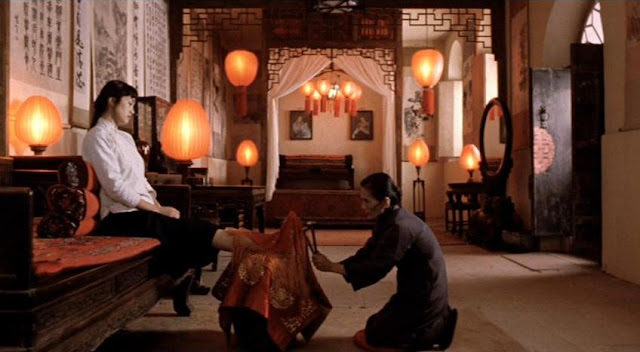KWAIDAN
A film by Masaki
Kobayashi
1964 / Japan / 183
mins / Col
5.45pm /27th Dec
2015/ Perks Mini Theater
Kwaidan’s four short
supernatural stories (Black Hair, Hoichi the Earless, In a Cup of Tea and The
Woman of the Snow ) all involve an encounter with a ghost's presented in a
highly stylized and intellectual manner, that serves up a colorfully exotic
offering. The film's plusses are its strong imagery, haunting atmosphere and
some memorably striking spooky moments. The best story is titled "Hoichi
the Earless" and tells about a blind biwa player (Katsuo Nakamura) called
by the spirits to recite his tale of the doomed Heike clan's defeat by their
rival Taira clan to a samurai ghost.
"Black Hair" is the tale of a samurai (Rentaro
Mikuni) who returns to the wife he deserted for a selfish, wealthy woman some
time ago and, after sleeping with the neglected woman, discovers her skeletal
remains in his bed and goes raving mad.
"The Woman of the Snow" is a
story cut from the theatrical releases abroad but was restored when the film
was released on DVD. A young apprentice woodcutter (Tatsuya Nakadai) is saved
from death by a mysterious snow maiden who vows to kill him should he ever blab
about what went down, as she kills his woodcutter boss with her breath.
"In a Cup of Tea" A guard (Ganemon Nakamura) sees a samurai's face in
his teacup and absorbs the ghost's soul into his body after drinking the tea.
The film took five years to make and was the most expensive
Japanese film to date. It won the Jury Prize at Cannes in 1965. Kaidan seizes
on the both the analytical relevance and the irreducible poetry of the
tradition it invokes. Despite the longeurs, it provides one of the richest,
most entrancing cinema experiences around. (Source:Internet)
Masaki Kobayashi
Masaki Kobayashi is one of Japan's most outstanding humanist filmmakers. A contemporary of Akira
Kurosawa and Kon Ichikawa, Kobayashi's personal experience of the Second World
War has marked his pictures with a deep concern for social justice. His most
acclaimed films are unflinching explorations into the dark side of Japanese
culture, the side that drove men to commit gory suicide for the name of honor
and commit horrific atrocities in the name of the Emperor. Kobayashi's exacting
professionalism makes his films a visually and emotionally power experience.
Born in February, 1916, in Japan's northern-most island
Hokkaido, Kobayashi entered prestigious Waseda University in 1933 . Kobayashi
eventually left Waseda to enter Shochiku's Ofuna studios. Kobayashi worked as
an assistant for a mere eight months before he was drafted and sent to the
front in Manchuria. Opposed to the war, which he viewed as senseless, he
refused to rise above the position of private. In 1944, he was transferred to
the southern Ryukyu Islands, where he witnessed the war's final bloody tumult.
There he was captured by the U.S. and held for a year in a detention camp in
Okinawa.
In the fall of 1946, Kobayashi returned to Shochiku and
served for six years as an assistant director under Keisuke Kinoshita. He
garnered international acclaim and a prestigious San Giorgio prize at the
Venice Film Festival in 1960 for his Human Condition I: No Greater Love (1958),
the first installment of sweeping trilogy about the war. Kobayashi's films
brought to life by the masterful performances of Nakadai in such Kobayashi
classics as Harakiri (1962), Kwaidan (1964), and Samurai Rebellion (1967).With
the acclaimed Kwaidan, his first color film, he pushed this emphasis on composition
with his expressionistic use of color. Kobayashi died in of a heart attack in
1996.
(Source:Internet)
























































